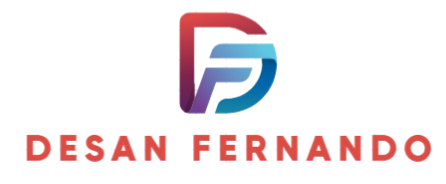In the vast landscape of digital media, video creation has emerged as a powerful tool for storytelling, marketing, education, and entertainment. However, traditional video production processes often require substantial resources, technical expertise, and time, making them inaccessible to many aspiring creators. This is where Artificial Intelligence AI steps in, revolutionizing the way videos are created and democratizing the field of content creation. One of the most significant contributions of AI to video creation is its ability to automate various aspects of the production process. Tasks that once required hours of manual labor, such as video editing, color correction, and even scriptwriting, can now be streamlined and accelerated with AI-powered tools. AI algorithms are trained on vast amounts of data, allowing them to analyze trends, preferences, and audience feedback with remarkable accuracy. This data-driven approach empowers creators to make informed decisions about content creation, optimizing their videos for maximum impact and engagement.

This not only saves time and resources but also enables creators with limited technical knowledge to produce professional-quality videos. For instance, AI can suggest the most effective thumbnail images, recommend video length based on viewer behavior, and even personalize content for different audience segments. How to Create AI Videos Furthermore, AI-driven tools offer a wide range of creative possibilities that were once reserved for experts in the field. For example, generative AI models can generate realistic visuals and special effects, opening up new avenues for imaginative storytelling. Voice synthesis technology enables creators to add professional narration to their videos without hiring voice actors. These innovations not only enhance the quality of content but also inspire creativity and experimentation among creators. Another key aspect of AI in video creation is its role in content localization and accessibility. With AI-powered translation tools, videos can be translated into multiple languages, reaching global audiences and breaking language barriers. Similarly, AI-powered captioning and transcription services improve accessibility for viewers with hearing impairments, making content more inclusive and impactful.
Moreover, AI-driven analytics tools provide valuable insights into audience behavior, preferences, and engagement metrics. Creators can track metrics such as watch time, click-through rates, and viewer demographics, allowing them to refine their content strategy and tailor future videos to audience interests. This data-driven approach not only improves content performance but also fosters a deeper connection between creators and their audiences. While AI has undoubtedly transformed the landscape of video creation, it is essential to recognize the ethical considerations and challenges that come with its adoption. Issues such as bias in algorithms, data privacy concerns, and the displacement of human jobs in the creative industry require careful consideration and responsible implementation of AI technologies. How To Make AI Videos AI is playing a pivotal role in democratizing video creation by streamlining production processes, enhancing creativity, improving accessibility, and providing valuable insights for creators. As AI continues to evolve and innovate, it holds immense potential to empower creators of all backgrounds to unleash their creativity and share their stories with the world.
